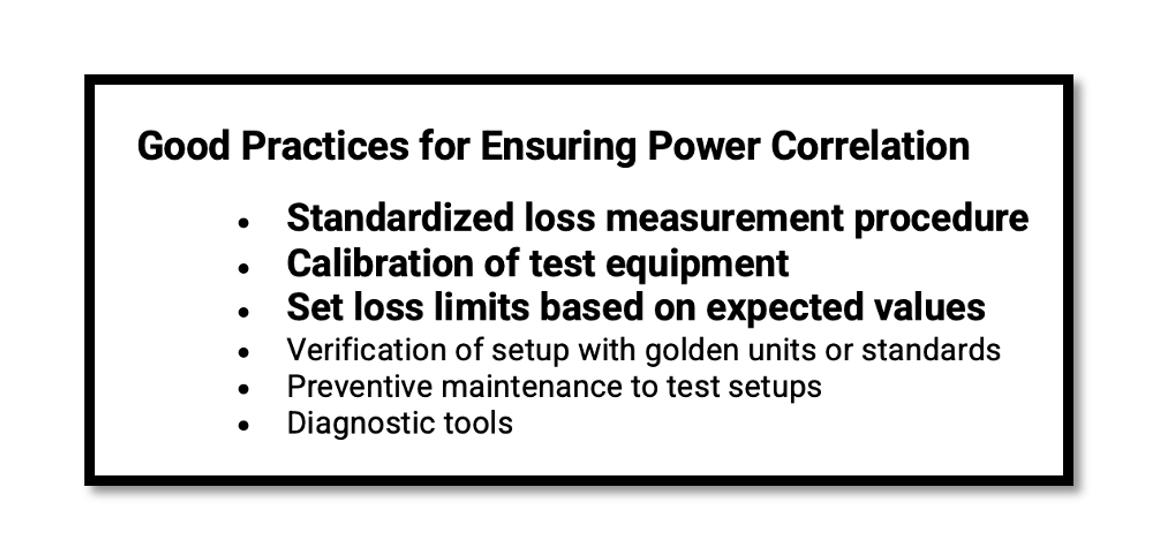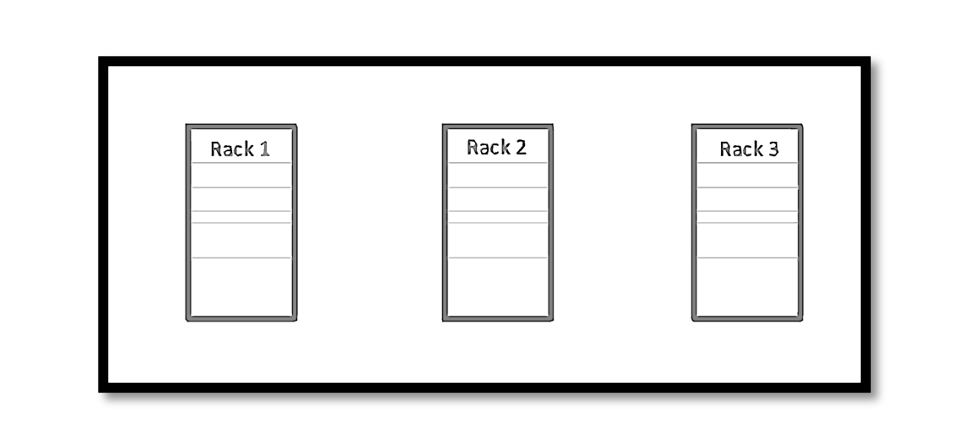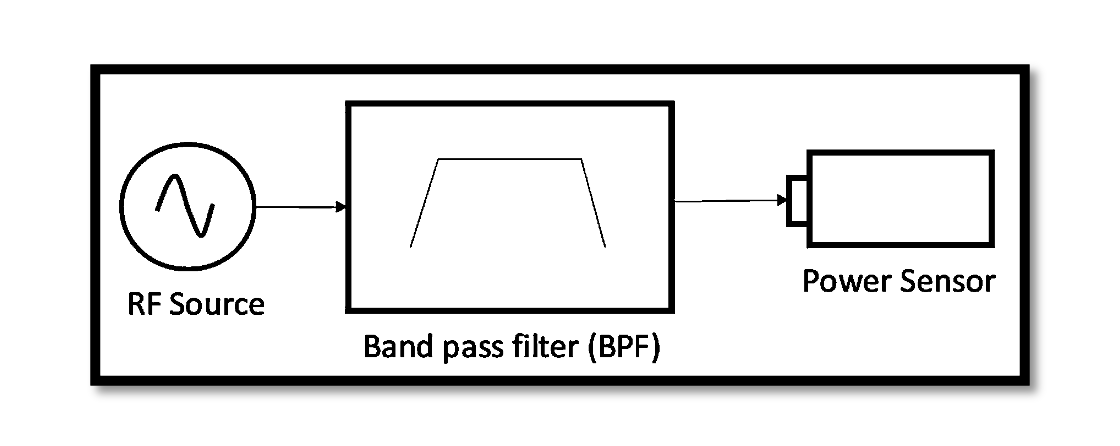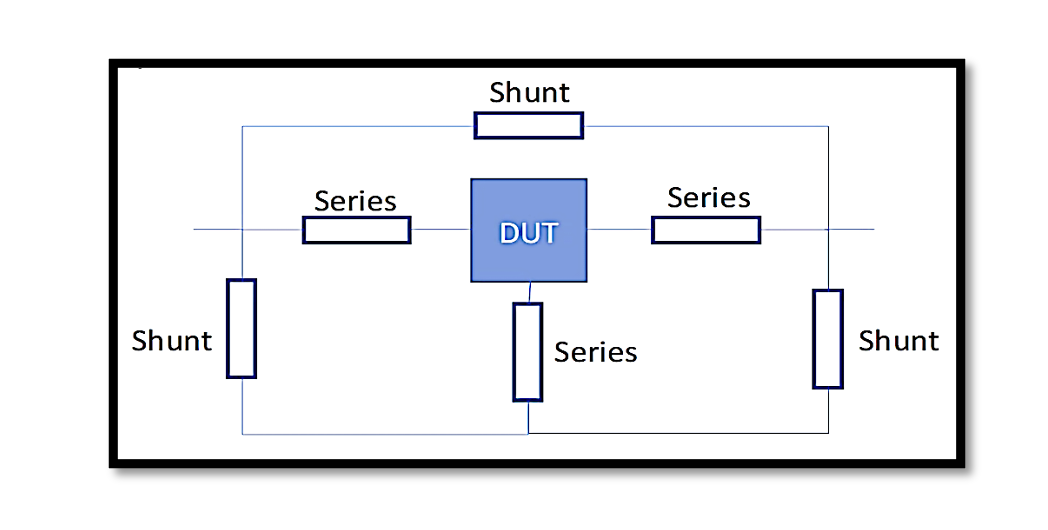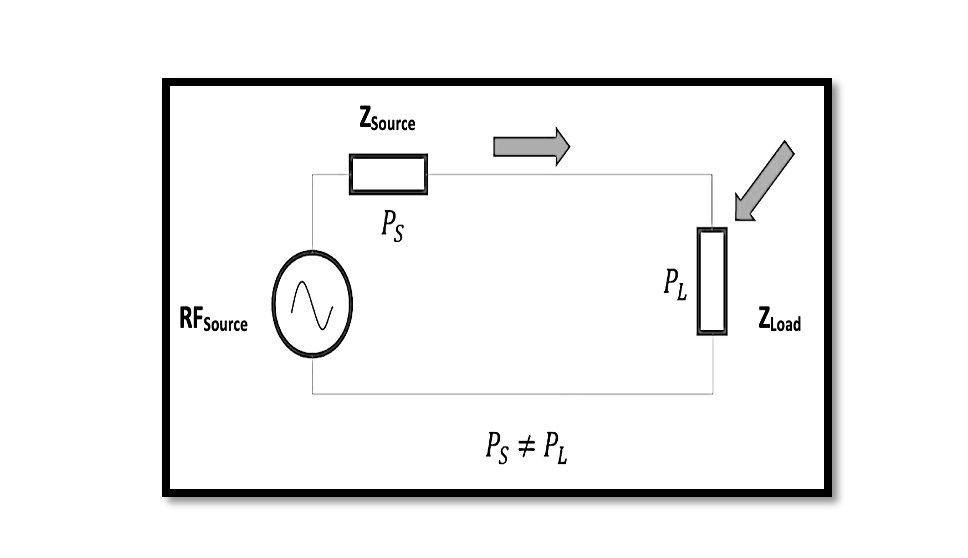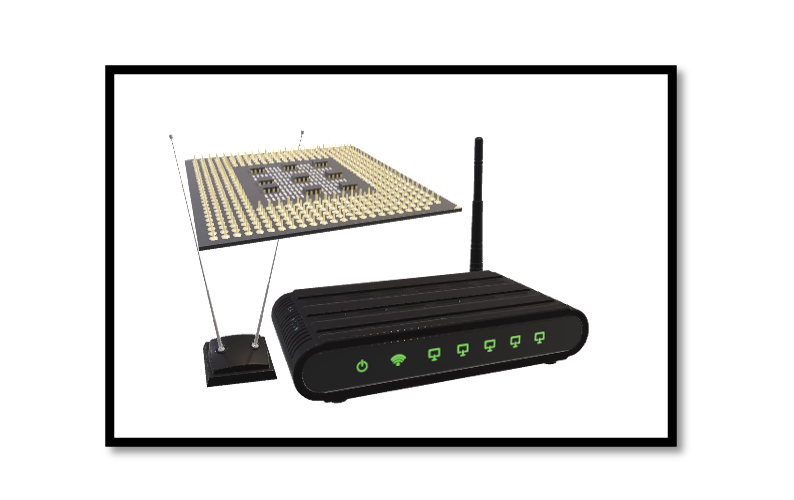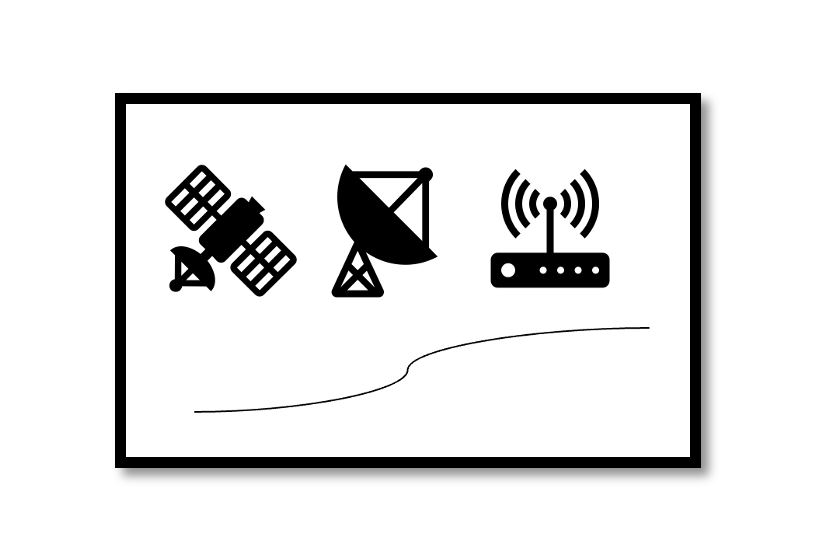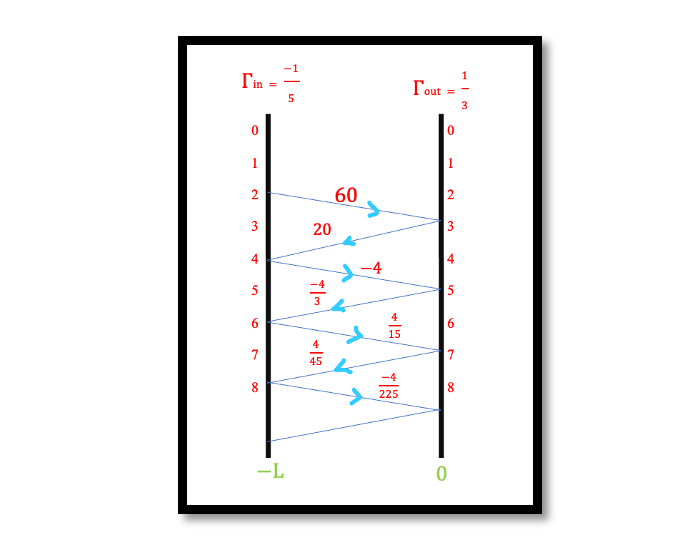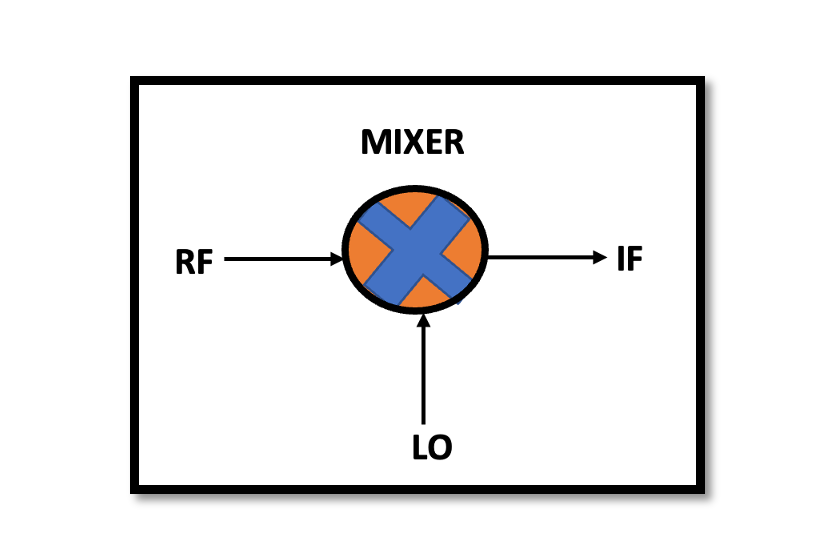Introduction: In the intricate landscape of RF power measurements, achieving precise and consistent results is a pursuit that demands a strategic approach. Our journey through RF power correlation has unveiled a spectrum of techniques and methodologies, each designed to uphold …
Introduction Power correlation encompasses a spectrum of techniques and methodologies aimed at ensuring consistency in power measurements across various test and measurement equipment. Understanding its significance and implementation methods is the focus of this blog, shedding light on why it …
Navigating RF Estimation: The Crucial Link Between Theoretical Values and Practical Realities Understanding the theoretical aspects of RF estimation is crucial for accurate setup and performance. Identifying losses within components is foundational; these figures are typically outlined in datasheets, encompassing …
Introduction: RF power de-embedding involves a mathematical process of compensating for network components’ effects in measurements. It’s crucial to ensure accurate referencing of RF power measurements. The Essence of RF Power De-embedding: RF power de-embedding entails compensating for losses or …
Introduction RF losses in signal transmission play a pivotal role in the efficacy of factory testing and the integrity of RF circuits. Understanding these losses, their causes, and how to measure them is crucial for optimizing performance. Let’s delve into …
Introduction RF laboratory testing stands as a critical phase, a meticulous process that serves as the bedrock ensuring a product’s performance, functionality, and compliance before it ventures into mass production. This phase is where the intricate dance between innovation and …
Understanding Factory Testing Factory testing is the culminating stage in electronic device manufacturing. Also termed as final testing, this critical phase ensures the quality and functionality of products before they reach consumers. It’s the last line of defense against faulty …
Introduction Wireless technology has become an integral part of our daily lives, enabling seamless communication and connectivity. However, behind the scenes of every wireless device lies a crucial process known as Radio Frequency (RF) testing. But what exactly is RF …
Introduction In the radio frequency (RF) engineering, the study of transmission lines stands as a fundamental pillar. These lines, vital for carrying signals over distances, exhibit intriguing responses to various input signals like unit steps and pulses. Understanding these responses …
Introduction RF mixers’ ability to perform downconversion is critical in various RF systems, including communication, radar, and wireless applications. It enables the efficient handling of signals by reducing their frequency to levels suitable for subsequent processing stages. Additionally, it aids …

